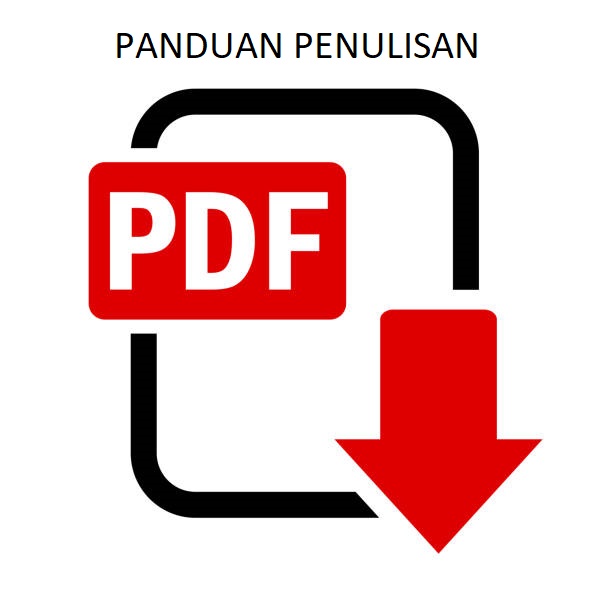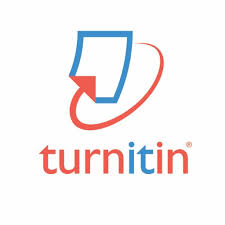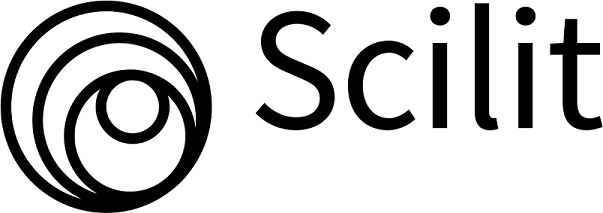Pemanfaatan Limbah Kayu dan Kulit Kopi Menjadi Bahan Bakar Refuse Derived Fuel (RDF)
DOI:
https://doi.org/10.35814/teknobiz.yt9kf046Keywords:
RDF, Kulit Kopi, Serbuk Kayu Kopi, Nilai Kalor, Volatile MatterAbstract
Utilization of coffee skin waste into briquettes as a substitute for biogas to support the roasting process of robusta coffee processing is an alternative energy innovation as a substitute for conventional charcoal from wood and biogas from LPG as well as to support energy security. RDF briquettes are a material that is greatly influenced by the characteristic and type of materials that make up the composition. This research aims to determine the effect of the composition of briquettes with a mixture of coffee husk waste and wood dust on calorific value, water content, ash content and Volatile Matter. The method used is experimental. This research made 5 (five) samples that were carried out with various compositions and tested 3 times each. The results showed that sample 3 produced an average calorific value of 7092 kcal/kg, Water Content 7.87%, Ash Content 7.86%, Volatile Matter 14.73% and Fixed Carbon 15.1%, in accordance with the SNI No.1 / 6235 / 2000 standard for wood charcoal briquettes.
Downloads
References
Sansaniwal, S. K., Pal, K., Rosen, M. A., & Tyagi, S. K. (2017). Recent advances in the development of biomass gasi fi cation technology, 72(December 2016), 363–384. https://doi.org/10.1016/j.rser.2017.01.038
[2] Chandra, M. (2021). Renewable Energy Engineering. New Delhi: AkiNik Publications.
[3] Tumuluru, J. S., Wright, C. T., Hess, J. R., & Kenney, K. L. (2011). A review of biomass densifi cation systems to develop uniform feedstock commodities for bioenergy application. Biofuels, Bioprod. Bioref, 5, 683–707. https://doi.org/https://doi.org/10.1002/bbb.324
[4] Baqir, M., Kothari, R., & Singh, R. P. (2018). Fuel wood consumption, and its influence on forest biomass carbon stock and emission of carbon dioxide, II, 1–10. https://doi.org/10.1080/17597269.2018.1442666
[5] Kpalo, S. Y., Zainuddin, M. F., & Manaf, L. A. (2020). Technical and Economic Aspects of Biomass Briquetting. MDPI, 12(4609), 2–30. https://doi.org/10.3390/su12114609
[6] Mulindwa, P., Egesa, D., Osinde, A., & Nyanzi, E. (2021). Production of Fuel Briquettes from Bamboo and Agricultural Residue as an Alternative to Charcoal, 11, 105–117. https://doi.org/10.4236/jsbs.2021.113008
[7] Rahman, R., Azikin, B., Tahir, D., & Widodo, S. (2021). Analysis mixed characterization of Kalimantan coal and mangrove wood charcoal character as briquette raw material, 2(921). https://doi.org/10.1088/1755- 1315/921/1/012055
[8] Affandi, K., Suryaningsih, & Otong. (2018). Analisa Ukuran Butir Briket Campuran Sekam Padi dengan Cangkang Kopi terhadap Laju Pembakaran dan Emisi Karbon Monoksida (CO). Material Dan Energi Indonesia, 08(01), 44–48.
[9] Serevina, V., Pambudi, R. D., & Nugroho, D. A. (2021). Pelatihan Pemanfaatan Limbah Gergaji dan Cangkang Telur Ayam untuk Membuka Usaha Briket Biomassa, 1(1), 1–5.
[10] Ningsih, A., & Hajar, I. (2019). Analisis Kualitas Briket Arang Tempurung Kelapa Dengan Bahan Perekat Tepung Kanji Dan Tepung Sagu Sebagai Bahan Bakar Alternatif, 7(2), 101–110.
[11] Chusniyah, D. A., & Pratiwi, R. (2022). Uji Kualitas Briket Berbahan Arang Ampas Kelapa Berdasarkan Nilai, 7, 14–23.
[12] Yuliza, N., Nazir, N., & Djalal, M. (2013). Pengaruh Komposisi Arang Sekam Padi dan Arang Kulit Biji Jarak Pagar Terhadap Mutu Briket Arang, 3(1), 21–30.
[13] Dewi, R. P., Saputra, T. J., & Widodo, S. (2021). Studi Potensi Limbah Kulit Kopi Sebagai Sumber Energi Terbarukan di Wilayah Jawa Tengah. Mechanical Engineering, 5(1), 41–45.
Downloads
Published
Issue
Section
License
Copyright (c) 2025 Teknobiz : Jurnal Ilmiah Program Studi Magister Teknik Mesin

This work is licensed under a Creative Commons Attribution 4.0 International License.




















